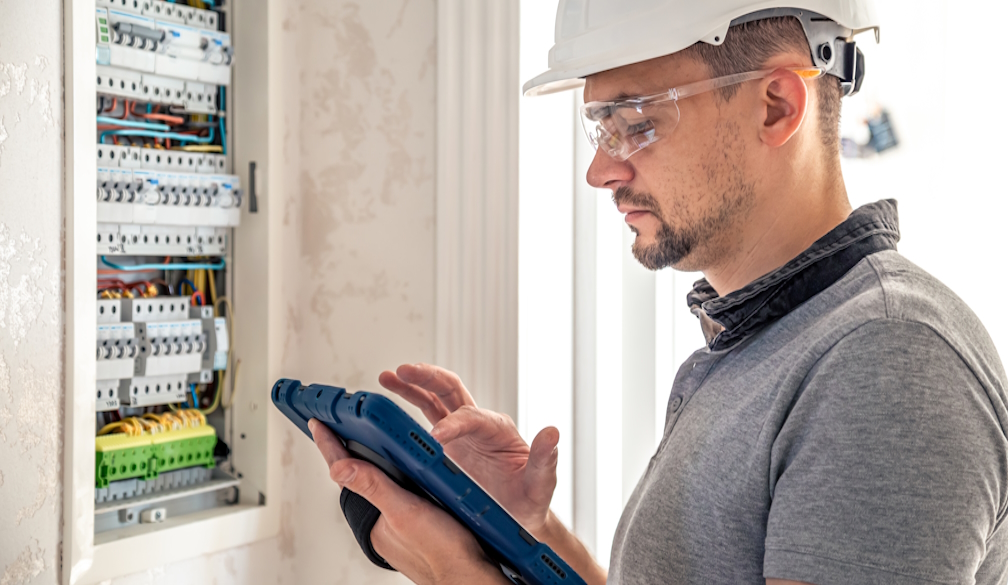Rising Demand: Why Melbourne Needs More Electricians Now

Melbourne is running on change. Rooftops are filling with solar, carports are getting charge points, and older switchboards are being rebuilt so homes and shops can carry smarter, heavier loads. If you are planning upgrades, it makes sense to speak with a reliable Melbourne electrician before you buy equipment. Good advice early can save you a second visit and a second bill.
You can see the shift on the streets. More electric cars, more kerbside pods, more depot chargers. As installation ramps up, so does the need for safe design, cable sizing, and compliant protection devices. Anyone considering EV chargers in Melbourne should be thinking about dedicated circuits, RCD selection, and tidy load management from day one.
Solar, Storage, and Smart Gear are Everywhere
Victoria’s push for cleaner energy is not just policy talk, it is a work schedule. Solar Victoria continues to offer a solar panel rebate of up to $1,400 for eligible homes, with an interest-free loan option that mirrors the rebate. That support keeps a steady flow of compliant installs, inspections, and paperwork.
Across Australia, renewables supplied about 36% of electricity in 2024, with solar contributing around half of that share. As rooftop systems spread, the day job shifts toward inverter settings, export limits, battery commissioning, and grid-friendly behaviour. Electricians are now part technician, part energy coach, which is a good thing for households trying to shrink bills without fuss.
EVs are Stretching Capacity
Electric cars are the quickest demand driver most people can see. National figures through mid-2025 show EVs edging toward, and in some months topping, 10 to 15% of new car sales. Each new car often means a new charger at home or work, which means new circuits, sometimes a board upgrade, sometimes a service upgrade, and always careful design. And that’s where electricians come in.
For apartment living, the work multiplies. You have strata approvals, load studies, cable routes, metering questions, and shared infrastructure to consider. A clean plan avoids future headaches and keeps residents onside.
Who Will Do the Work?
Australia counts more than 130,000 electricians, and more than half are under 35. It is a young workforce with a growing comfort level around software, data, and connected devices. That suits a trade where commissioning now often includes app logins, firmware versions, and QR-coded circuit schedules. It also means we need strong mentoring and clear pathways from apprentice to independent contractor.
Safety sits in the foreground. Electricians face higher exposure to hazards than many other trades, with electrocution and falls still present in the statistics. Good planning, lockout habits, correct PPE, and realistic job timings are not extras, they are how we keep people fit for work the very next week.
Electrical Skills That Stand Out
Modern electrical work goes beyond pulling cable. The teams that win repeat customers tend to do a few more simple things very well.
They measure, not guess. Load logging and thermal checks help you plan upgrades that actually solve the problem.
They commission with care. Screenshots of app settings, inverter parameters, and charger limits live in the job file.
They label clearly. Future you, or the next electrician can read the board and fix things without a treasure hunt.
They schedule smarter. Seasonal checks pick up water ingress, UV damage, and heat stress before it becomes a fault.
Why The Demand Will Keep Rising
Three simple reasons. First, the grid is getting cleaner, and the kit inside buildings has to keep up. Second, Melbourne’s housing is a patchwork of old and new. It keeps upgrading, not just patching. Third, EVs are moving from niche to normal, which puts new pressure on every switchboard in homes and buildings throughout Melbourne.
That adds up to more jobs for electricians, not fewer. More design to work. More safe installs. More scheduled maintenance that heads off breakdowns.







